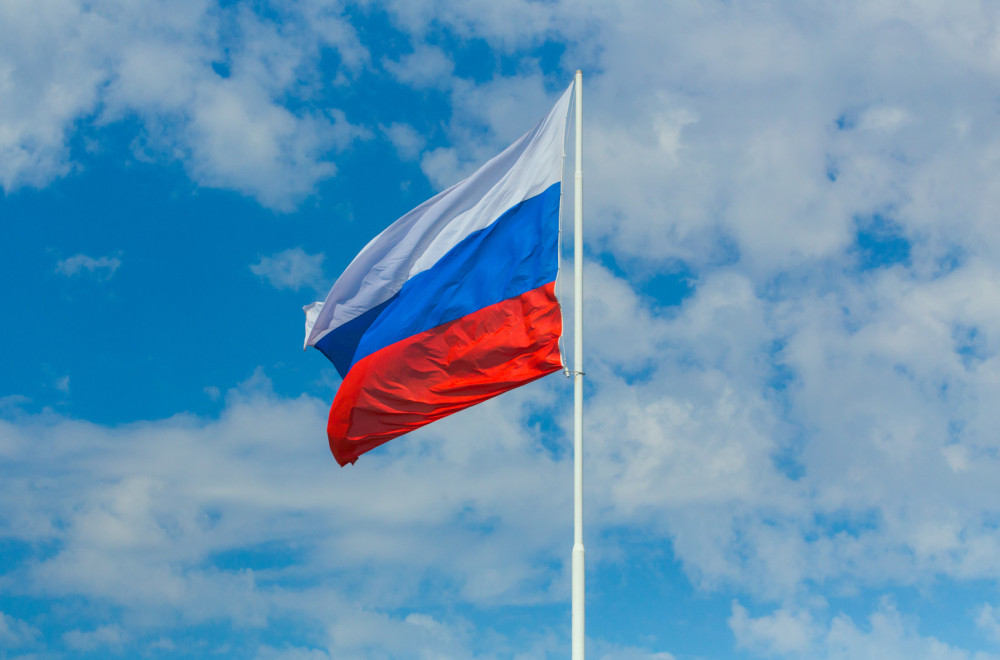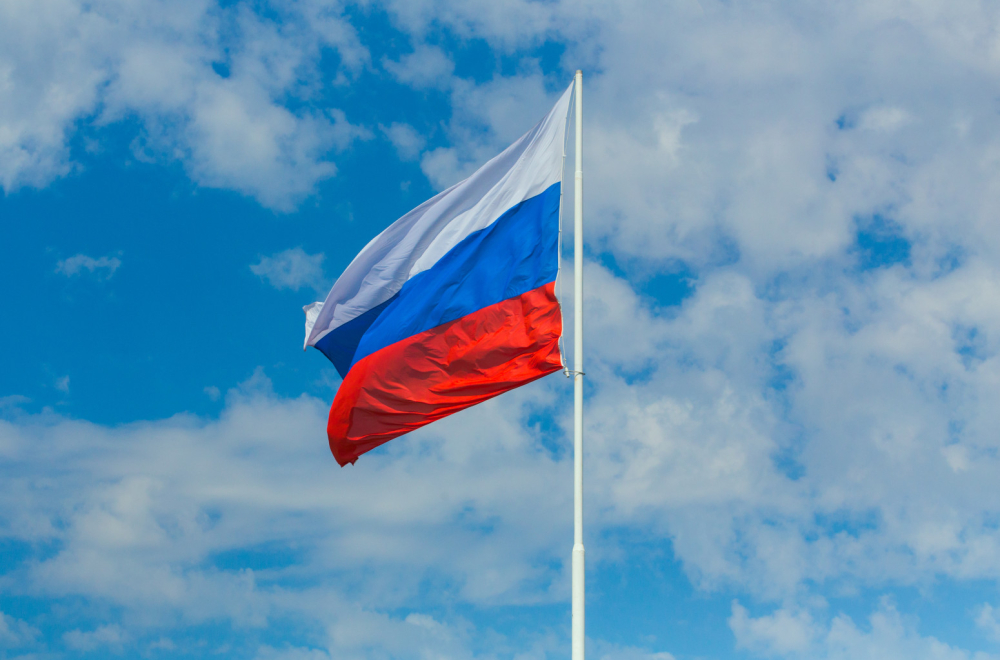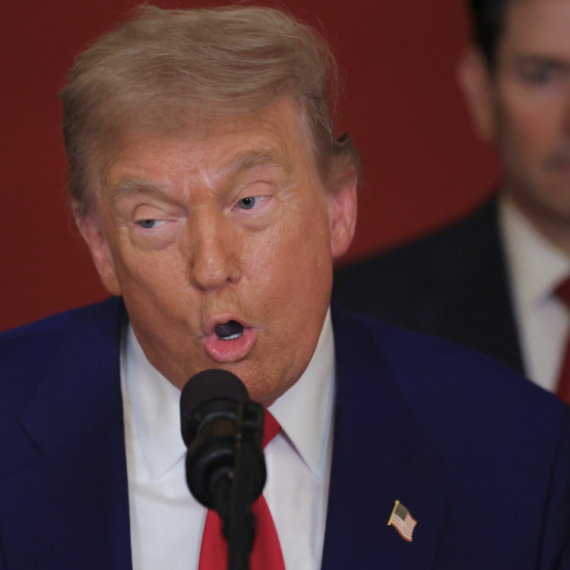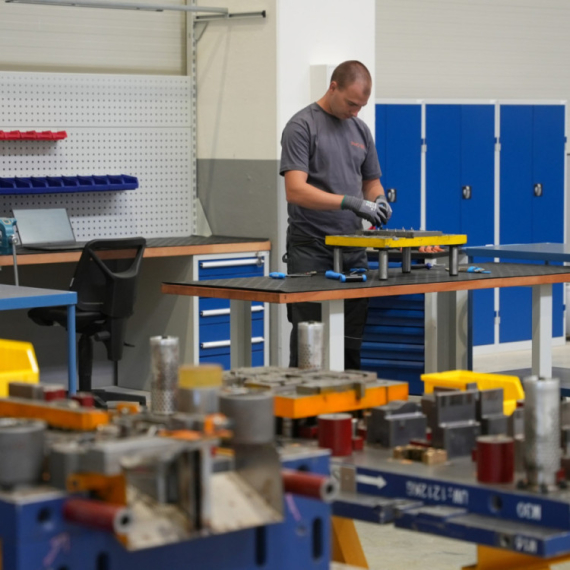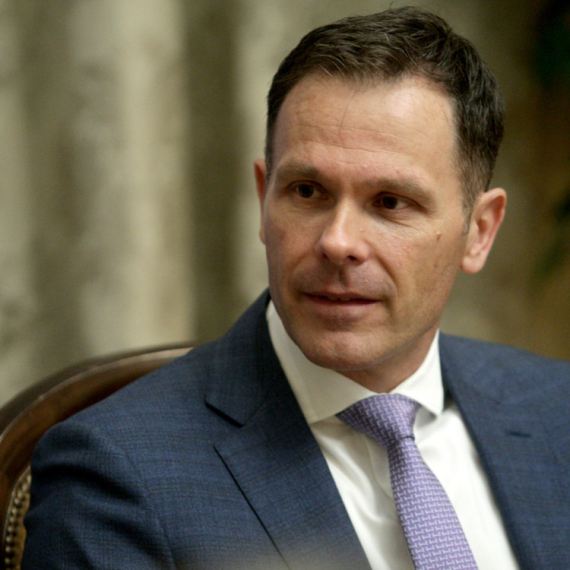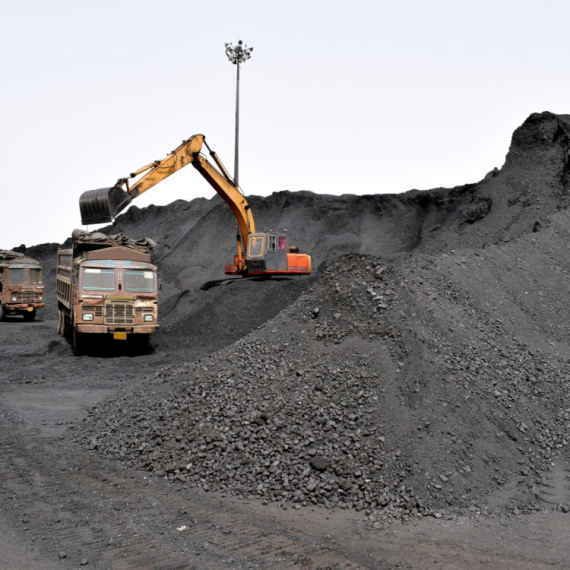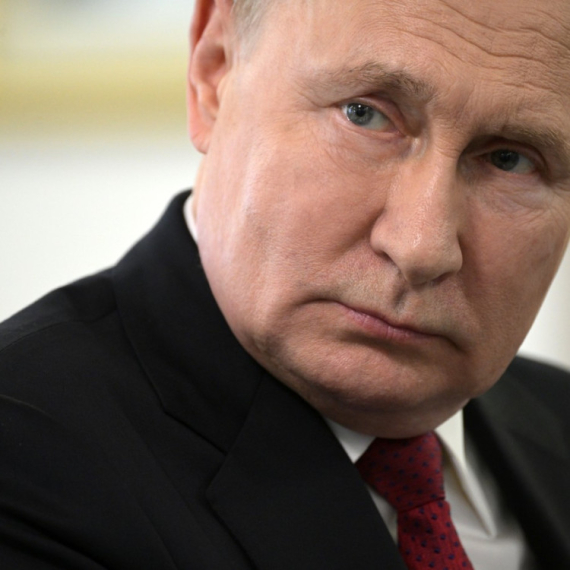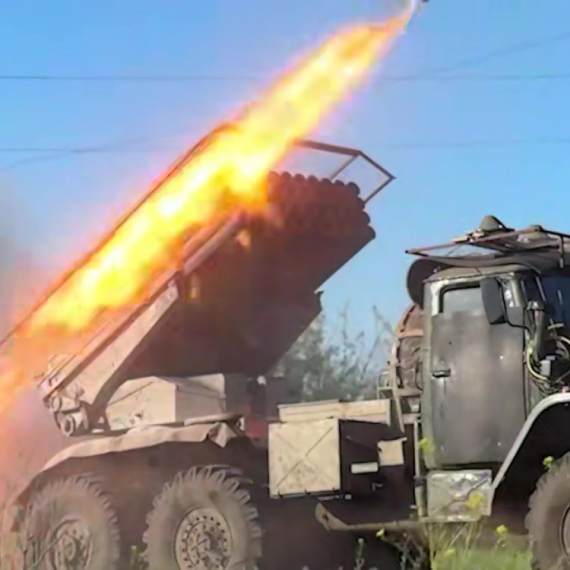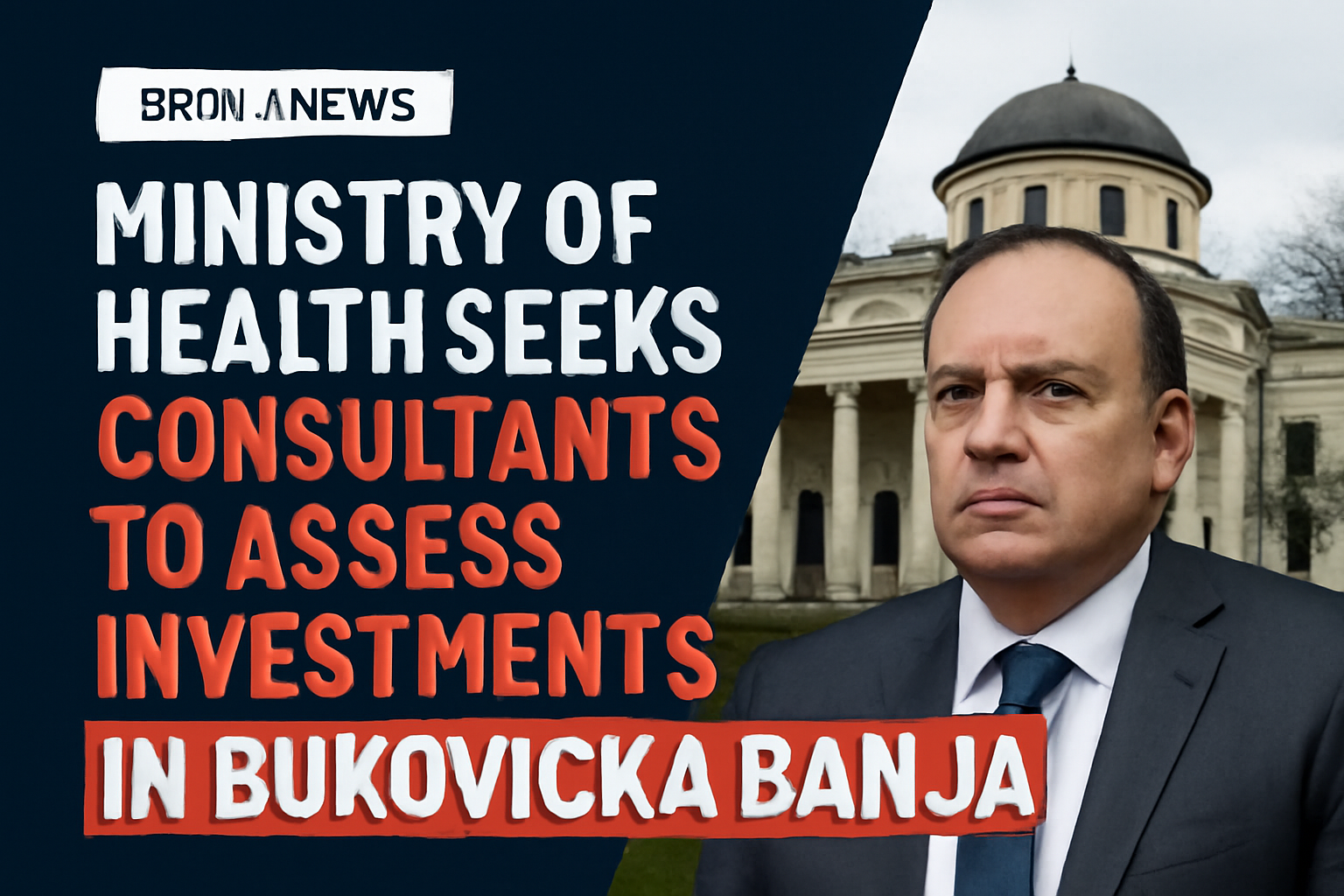Russia’s Unemployment Hits Historic Low of 2.2% – Economic Miracle or Smoke Screen?
Has Russia’s unemployment rate really dropped to an astonishing 2.2% in May 2024, as Rosstat claims, or is this just a number hiding the real problems? Since 1991, when this statistic started being tracked, unemployment has never been lower. But is this a reason to celebrate or to worry?
The Numbers Say…
The previous record of 2.3% was set in October 2023, and in January and February this year, unemployment briefly rose to 2.4%. In May, the number of unemployed was about 1.9 million people, 56,000 fewer than in April. At first glance, everything looks great.
But Where Are the Experts?
Deputy Prime Minister of the Russian Federation, Alexander Novak, warns that the country lacks 1.5 million highly qualified specialists. The Ministry of Labor predicts that by the end of the year, the labor shortage will reach 3.1 million workers. Over the next five years, Russia will need to replace about 11 million jobs due to workers retiring – 1.6 million in industry and 1.7 million in education and healthcare.
Inflation and Interest Rates – What’s Behind the Numbers?
Inflation in Russia still exceeds the target value of 4%, but it is decreasing faster than expected. The Governor of the Russian Central Bank, Elvira Nabiullina, stated that this opens the door for lowering interest rates. Is this a sign that the economy is really strengthening or just an attempt to maintain the appearance of stability?
What’s Really Going On?
While boasting about low unemployment, Russia faces serious problems in its workforce. The lack of qualified workers and massive retirements threaten to undermine economic stability. Is the unemployment rate really a measure of economic health or just a number used for political purposes?
Conclusion
Russia’s historic low unemployment sounds like a fairy tale, but behind that fairy tale lie serious challenges. Whether Russia can fill the gaps in its workforce and maintain economic stability remains to be seen. Meanwhile, the numbers continue to confuse – are they real or just a mask?
What do you think? Do you buy these numbers or think it’s just another economic fairy tale? Drop a comment and let’s see who’s the skeptic and who’s the optimist!







